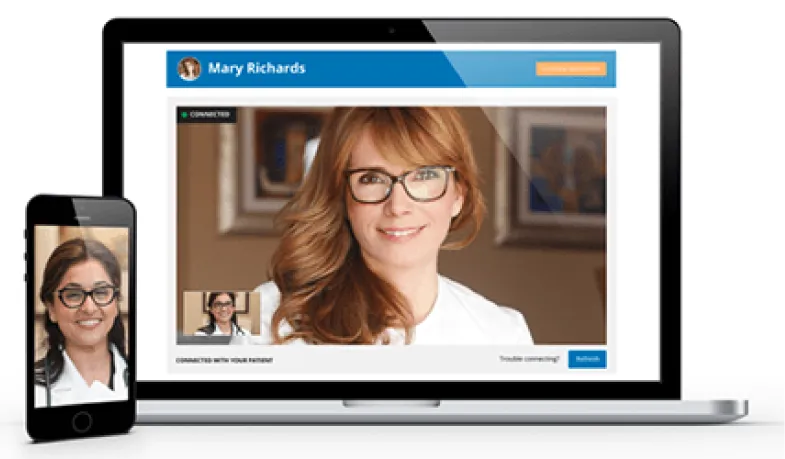According to a recent article in FierceHealthIT, the market for telehealth hardware, software, and services is expected to reach an astounding $2.8 billion by 2022. That’s almost five times the value of the market in 2014. What’s driving this sharp spike in the use of telemedicine technology? Intense consumer demand for the service and powerful financial incentives for providers.
It is important to note that, although laws vary by state, both legislatures and private payers are enabling the rise of telemedicine by enacting telehealth parity laws and policies. They recognize the need to expand access to care while efficiently leveraging our limited healthcare resources. In many cases, providers can expect as much reimbursement for video visits as in-person ones.
Using purpose-built telehealth technology to conduct some patient encounters via video, has the potential to profoundly impact both the top and bottom line for healthcare providers. Here are some specific ways that telemedicine can be used to improve profitability.
See More Patients Each Day
According to research by Accenture, electronic visits typically take fewer than 10 minutes of physician time. This time savings allows providers to see more patients each day, week and year, without working longer hours. This rapidly adds up to a substantial return on investment for telehealth technology.
Turn Unpaid Telephone Follow-Up Calls into Reimbursable Encounters
Most payers do not offer reimbursement for telephone follow-up calls, but such interactions are often necessary for the course of patient care. By leveraging a telemedicine app to conduct these visits via video, providers can be reimbursed for the time that they are spending with patients anyway.
Improve Office Efficiency
Video encounters reduce the burden of office staff, freeing them up to do work that adds more value than checking patients in and out at the front desk. In some cases, providers are even able to rethink office design, allowing them to use space more wisely or reduce the office footprint.
Expand Hours Without Increased Cost
Since telemedicine visits can be conducted from anywhere, practices have the flexibility to offer visits during nontraditional hours without the need to hire more office staff or increase expenses for utilities and other costs of being in the office.
Decrease No-shows and Last Minute Cancellations
Missed appointments are a big drain on profitability for practices and they also diminish patient outcomes. Because telemedicine visits are so convenient for patients, eliminating travel costs and time missed from work, patients are much less likely to cancel or fail to show up.
Retain Customers
Modern medical consumers have an increasing number of options. Retail walk-in clinics, online on-demand physician services, and other new channels for healthcare delivery threaten the traditional patient-physician relationship and can lead to fewer visits from each patient. Practices can counter these competitive threats by offering the convenience and cost savings that telehealth provides.
The healthcare landscape is evolving rapidly. The practices that thrive and profit from changing market conditions will be those that embrace new ways of providing exceptional care that make financial sense. Telemedicine is good for patients, good for providers, and terrific for the bottom line.
For more information on how your practice can leverage telemedicine, please watch this on-demand webinar – “Drive Efficiency and Revenue with Telemedicine.”
Author Bio
Charlie Kolb is the Co-founder and VP of Business Development at Chiron Health, telemedicine software that allows physicians to connect with patients for routine appointments over secure video – and receive full reimbursement. Charlie is an expert in telemedicine regulations and reimbursement. His mission is to bring telemedicine into the 21st century one practice at a time.




